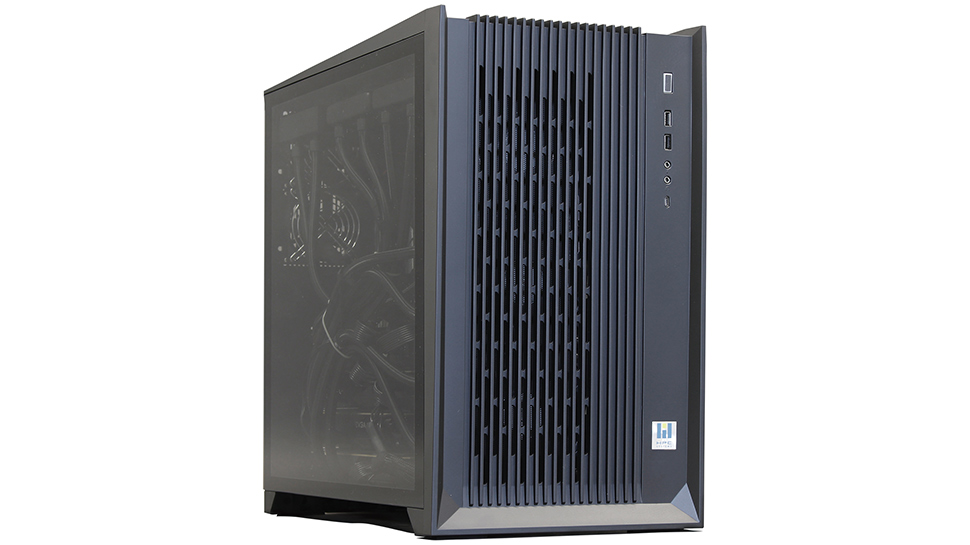This super-powered workstation could be the biggest rival to Nvidia A100
HPC PAW-300 packs 64-core EPYC and two GeForce RTX 3080/3090 cards

A Japanese maker of workstation has unveiled its new machine that is packed with AMD’s EPYC 7002-series processor with up to 64 cores as well as one or two Nvidia GeForce RTX 3080/3090 graphics cards. HPC Systems positions its PAW-300 computer for AI developers, but it should be a good fit for other applications like content creation too.
HPC’s PAW-300 machine is based on AMD’s EPYC 7002-series ‘Rome’ processor with up to 64 cores and can be equipped with up to two GeForce RTX 3080 or 3090 graphics cards.
The workstation can also support up to 512GB of DDR memory with ECC, one M.2 and one U.2 SSD. In addition, the machine has two 10GbE ports controlled by the Intel X550-AT2 chip, USB 3.1 Gen 2 Type-A and Type-C connectors, a COM port, and audio jacks. Last but not least, the machine is also equipped with Aspeed’s AST2500 BMC and a GbE IPMI port, so it can be serviced remotely if needed.
- We've built a list of the best mobile workstations out there
- Here's our list of the best business computers available
- Looking for something more powerful? Here are the best workstations you can buy
AI powerhouse
HPC Systems says that the target audience for the PAW-300 are developers of AI applications that need a lot of compute horsepower and can afford a fairly expensive system. HPC does not disclose pricing of the PAW-300, but AMD’s EPYC 7742 and two Nvidia’s GeForce RTX 3090 cards alone cost around $7770, so we are talking about a $10,000+ system. Meanwhile, AI applications are a playground for Nvidia’s recently launched A100 accelerator that retails for £12,500 in the UK and will power even more expensive PCs.
Nvidia’s A100 supports FP64, INT8, and INT4 instructions and carries 40GB of HBM2 memory thus offering more features for HPC and AI/ML workloads as well as more DRAM for large datasets. By contrast, Nvidia’s GeForce RTX 3080/3090 cards offer higher FP32 performance and a pair of such cards could challenge one A100 in terms of FP16 performance.
Trying to substitute a professional-grade card with two consumer-grade graphics boards may not be the most optimal idea for many reasons, but at least one maker of workstations is offering such an alternative.
Source: HPC Systems (via PC Watch)
Are you a pro? Subscribe to our newsletter
Sign up to the TechRadar Pro newsletter to get all the top news, opinion, features and guidance your business needs to succeed!
Anton Shilov is the News Editor at AnandTech, Inc. For more than four years, he has been writing for magazines and websites such as AnandTech, TechRadar, Tom's Guide, Kit Guru, EE Times, Tech & Learning, EE Times Asia, Design & Reuse.